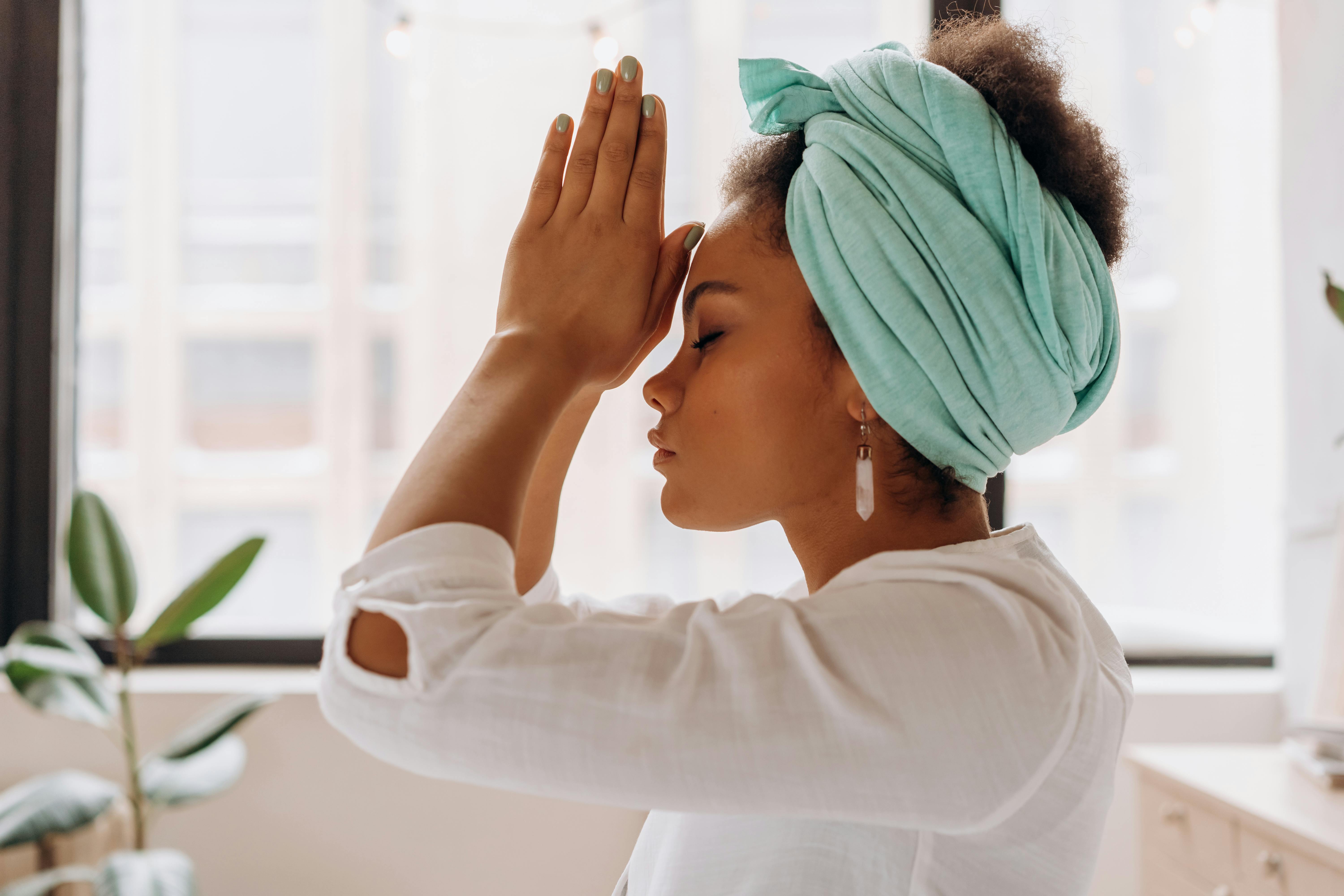Daily Habits That Naturally Keep Blood Pressure in Check
25. Prioritize Cold Exposure (Brief, Safe Doses)

Controlled exposure to cold, such as ending a warm shower with 30 to 60 seconds of cold water on your extremities, can positively train your vascular system. Initially, cold exposure causes vasoconstriction, but the subsequent warming phase triggers a powerful vasodilation (widening of blood vessels), promoting circulatory resilience and better blood flow. Over time, this consistent, brief cold-shock therapy can improve the flexibility of your arteries and enhance your body's ability to regulate blood vessel tone, making it a unique and invigorating physiological tweak for lower resting pressure.
26. The Vagus Nerve Stimulus: Humming and Gargling

The Vagus Nerve is the longest cranial nerve and the primary pathway of the parasympathetic (calming) nervous system, directly regulating heart rate and blood pressure. A simple, unconventional tweak to activate it is through vigorous gargling or deep humming. These actions stimulate the nerve as it passes near the throat and vocal cords, triggering a powerful, immediate relaxation response. Incorporate humming for a minute or gargling a large mouth of water until your eyes tear up a few times a day to instantly interrupt stress cycles and manually initiate a rapid, drug-free reduction in your body's state of tension.
